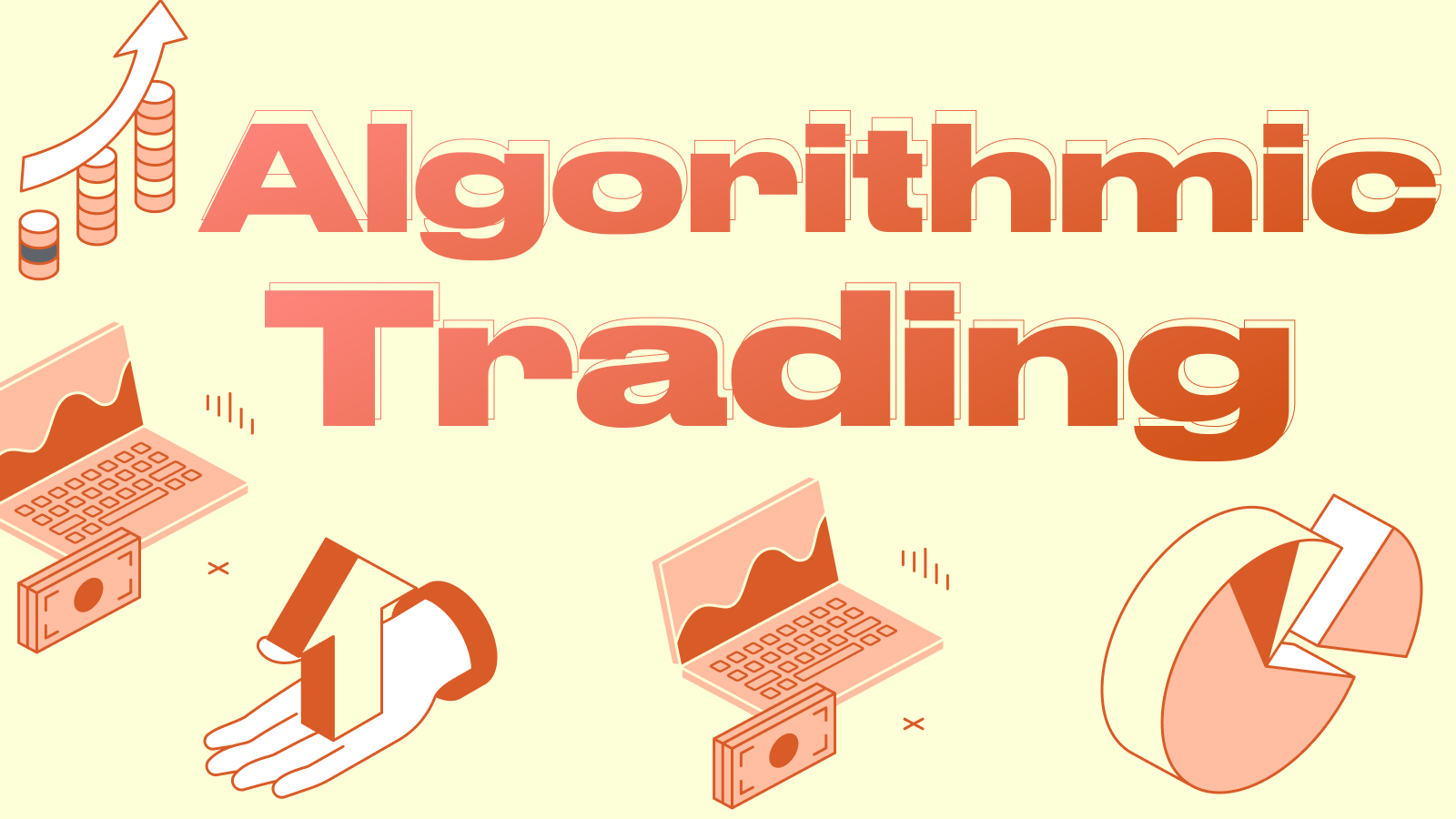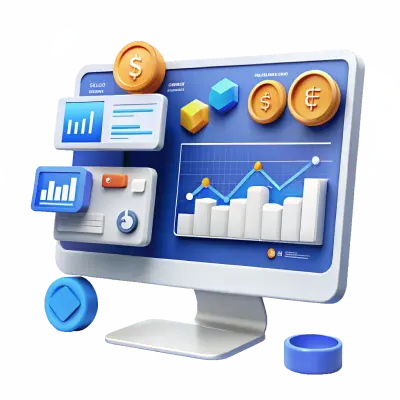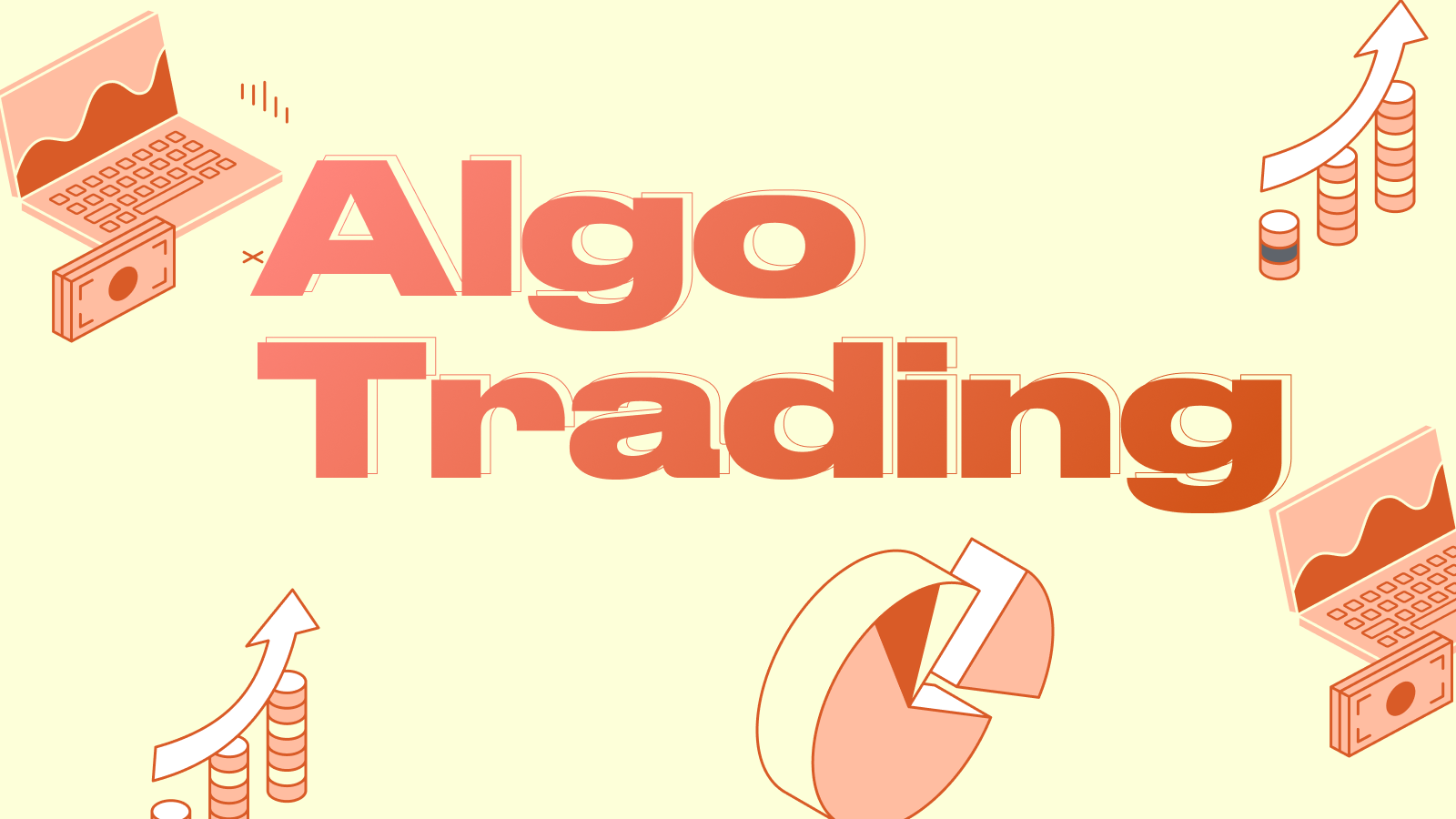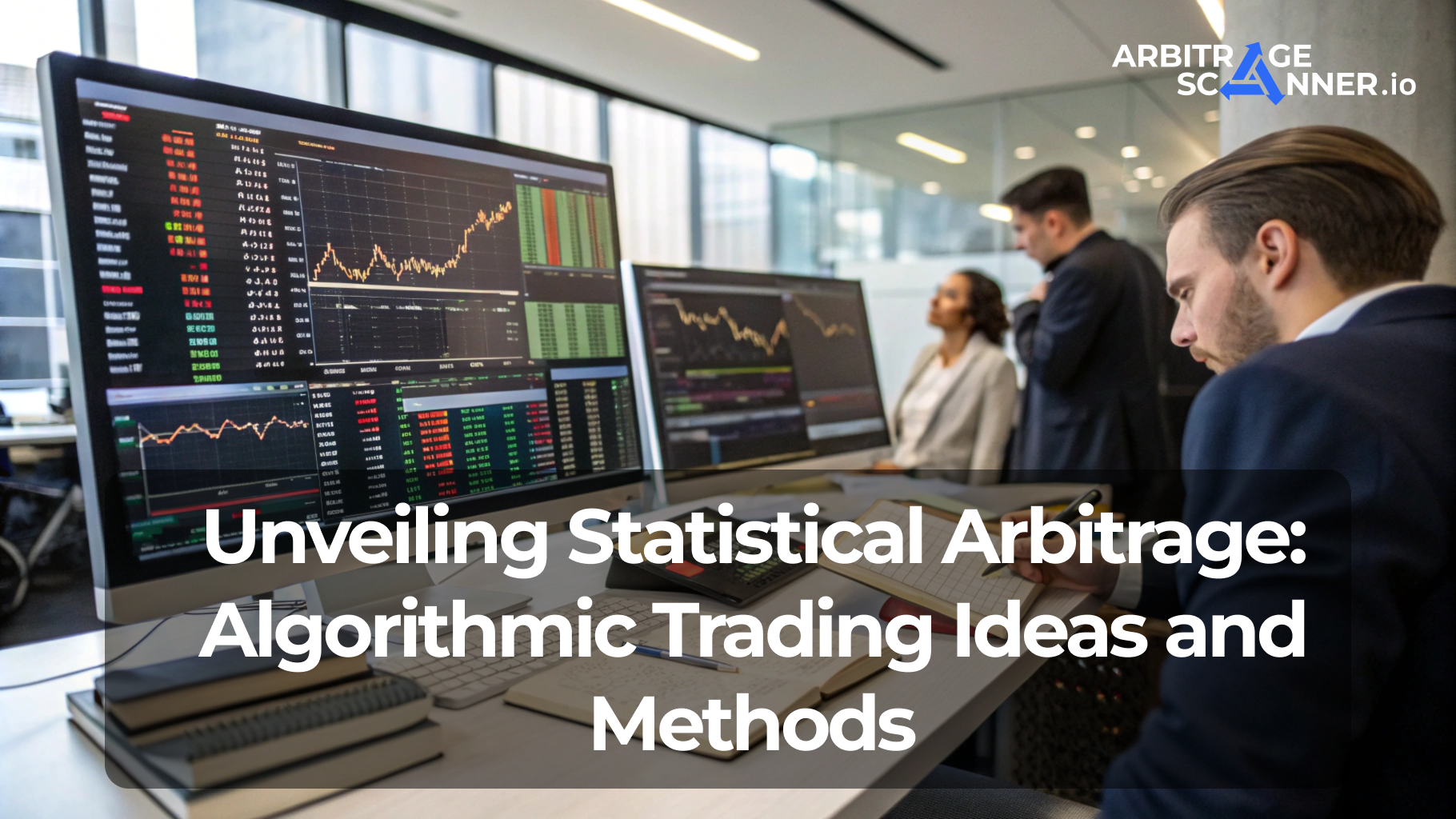Algorithmic Trading: How to Trade with Rules, Not Emotions

Algorithmic Trading: How to Trade with Rules, Not Emotions
Introduction: What is Algorithmic Trading in Simple Terms?
Algorithmic trading is a modern method of trading on financial markets that relies on computer programs. These programs, known as trading bots, allow a trader to pre-define specific rules—or algorithms. These rules can include conditions for entering a trade, criteria for exiting, risk management principles, and order sizes. Unlike traditional trading, where intuition and a person's emotional state play a significant role, the algorithmic approach is based on mathematics, statistics, and programming. In recent years, interest in algo trading has grown rapidly, especially in financial hubs like New York and London, where algorithmic trading has become an integral part of the financial ecosystem.
How to Create Your Trading Algorithm: 4 Key Steps
Creating a trading algorithm is a process that requires knowledge and discipline. Let's look at the steps a professional takes:
-
Define the Goal and Choose a Strategy. First, the trader must answer the question: what is the system's purpose? It could be for day trading, long-term investing, or arbitrage. This stage forms the foundation of the algorithm.
-
Create the Logic. The trader writes down the mathematical rules and conditions that will be used to enter and exit positions. For example, these could be indicator crossovers, price action triggers, or specific order volume conditions.
-
Testing. Before going live, the algorithm is tested on historical data. This process is called backtesting. It helps to understand how the system would have performed in the past and identify its strengths and weaknesses.
-
Optimization and Launch. After testing, the algorithm is adjusted and launched on the live market. It is crucial to monitor its performance and make changes as needed, since the market is always evolving.
Example of a Simple Algorithm: The "Moving Average Crossover"
One of the most popular examples in algo trading is the moving average crossover strategy. It is simple to implement yet quite effective. The logic is as follows: if a short-term moving average (e.g., 10-day) crosses above a long-term one (e.g., 50-day), the algorithm generates a buy signal. If the opposite crossover occurs, the bot opens a sell trade. This system is well-suited for beginners because its logic is clear and transparent. However, a professional knows that one indicator is not enough and often combines this algorithm with other technical analysis tools.
Types of Algorithmic Trading Strategies
Several popular approaches exist in algorithmic trading, each serving a different purpose and suitable for various types of traders and investors. Let's review the main ones:
-
TWAP (Time-Weighted Average Price). This algorithm breaks a large order into smaller parts and executes them at regular intervals. The orders are placed at the best available bid or ask prices. This method is useful for minimizing market impact and avoiding "scaring" the price with a sudden large entry.
-
VWAP (Volume-Weighted Average Price). Here, the algorithm considers not only time but also trading volume. Trades are distributed evenly over a selected period, but the purchase or sale price should not exceed the volume-weighted average price since launch. This approach is often used by funds and institutional players to enter positions as discreetly as possible.
-
Execution Strategy. This type of algorithm is used to buy or sell a large volume of an asset at a price close to the market average. These strategies are most often used by brokers and hedge funds who need to avoid causing sharp price spikes with their large trades.
-
Speculative Strategies. This is a more familiar option for retail traders. The goal is simple: enter a trade at the most favorable price and profit from the subsequent movement. Various indicators, signals, and trading models are used, and the result depends on how well the strategy is constructed.
-
Data Mining. This is one of the most interesting and labor-intensive methods. It involves collecting and analyzing vast amounts of data to find recurring patterns. For example, one might discover that after a specific candlestick formation, the market goes up 80% of the time. These identified patterns are then integrated into trading algorithms, which are tested and refined. Success here depends on the depth of analysis and the quality of the data.
Advantages and Disadvantages: An Objective View
Algorithmic trading has several undeniable advantages:
-
Speed of Execution. A computer reacts to market changes in fractions of a second.
-
Elimination of Human Emotions. The algorithm strictly follows pre-set rules.
-
Automation. The system can operate 24/7 without fatigue.
-
Testability. A strategy can be verified on historical data before launch.
However, algo trading also has its downsides:
-
The difficulty of creating a high-quality algorithm.
-
High technical requirements—knowledge of programming and infrastructure is needed.
-
Risk of technical failures. A bug in the code or an internet issue can lead to significant losses.
-
Dependence on data quality. If the data is inaccurate, the results will be skewed.
Algo Trading vs. AI Trading: Don't Confuse the Executor with the Thinker
Many people confuse algorithmic trading with AI trading. In reality, they are different approaches. Algo trading is a system that strictly executes rules set by a human. It doesn't think; it just performs. AI trading, on the other hand, uses machine learning technologies. Such a system analyzes large datasets, identifies hidden patterns, and can adapt to a changing market. If an algorithm can be compared to a soldier following an order, then artificial intelligence is like an officer who can make independent decisions.
Conclusion: Algo Trading is a Tool, Not a Magic Wand
Algo trading is a powerful tool that helps traders structure their trading process and reduce the influence of emotions. But it is not a guarantee of profit. To succeed, one must understand the market, be able to test and refine algorithms, and always be mindful of the risks. Only in the hands of a professional does algorithmic trading become a reliable assistant. For a beginner, it can be an excellent way to learn discipline and understand how modern financial markets operate.
FAQ: What is Algorithmic Trading?
-
What does algorithmic trading actually mean?
Algorithmic trading is trading on financial markets using special programs (algorithms) that automatically open and close trades based on pre-defined rules. -
How is algorithmic trading different from manual trading?
In manual trading, a human makes decisions: when to buy and when to sell. In algorithmic trading, a program is responsible for everything. It works faster, without emotions, and can analyze hundreds of signals simultaneously. -
What are the pros of algorithmic trading?
-
High-speed execution;
-
Absence of emotional factors;
-
Ability to trade 24/7;
-
Strategy testing on historical data (backtesting).
-
Are there any cons?
Yes. The program depends on the quality of the algorithm and internet stability. Errors in the code or system failures can lead to losses. -
What are the most common strategies?
-
TWAP (time-weighted average price);
-
VWAP (volume-weighted average price);
-
Speculative strategies for quick entry and exit;
-
Hedging to reduce risks.
-
Can I write my own algorithm?
Yes, if you have programming skills and an understanding of the market. Many traders use Python, C++, or specialized platforms. -
How much money do I need to start?
It depends on the broker or crypto exchange. You can test on demo accounts or with minimal deposits to understand the mechanics. -
Where is algorithmic trading used?
-
On the stock market (stocks, bonds);
-
On the foreign exchange market (Forex);
-
On crypto exchanges (Bitcoin, Ethereum, etc.);
-
In derivatives trading (futures, options).
-
Is algorithmic trading suitable for beginners?
Beginners should start with simple strategies and ready-made solutions. Developing algorithms independently requires experience and knowledge in finance and programming. -
Is it legal?
Yes, algorithmic trading is officially permitted worldwide, provided you work through licensed platforms and do not use prohibited schemes.
Want to learn more about crypto arbitrage?
Get a subscription and access the best tool on the market for arbitrage on Spot, Futures, CEX, and DEX exchanges.







